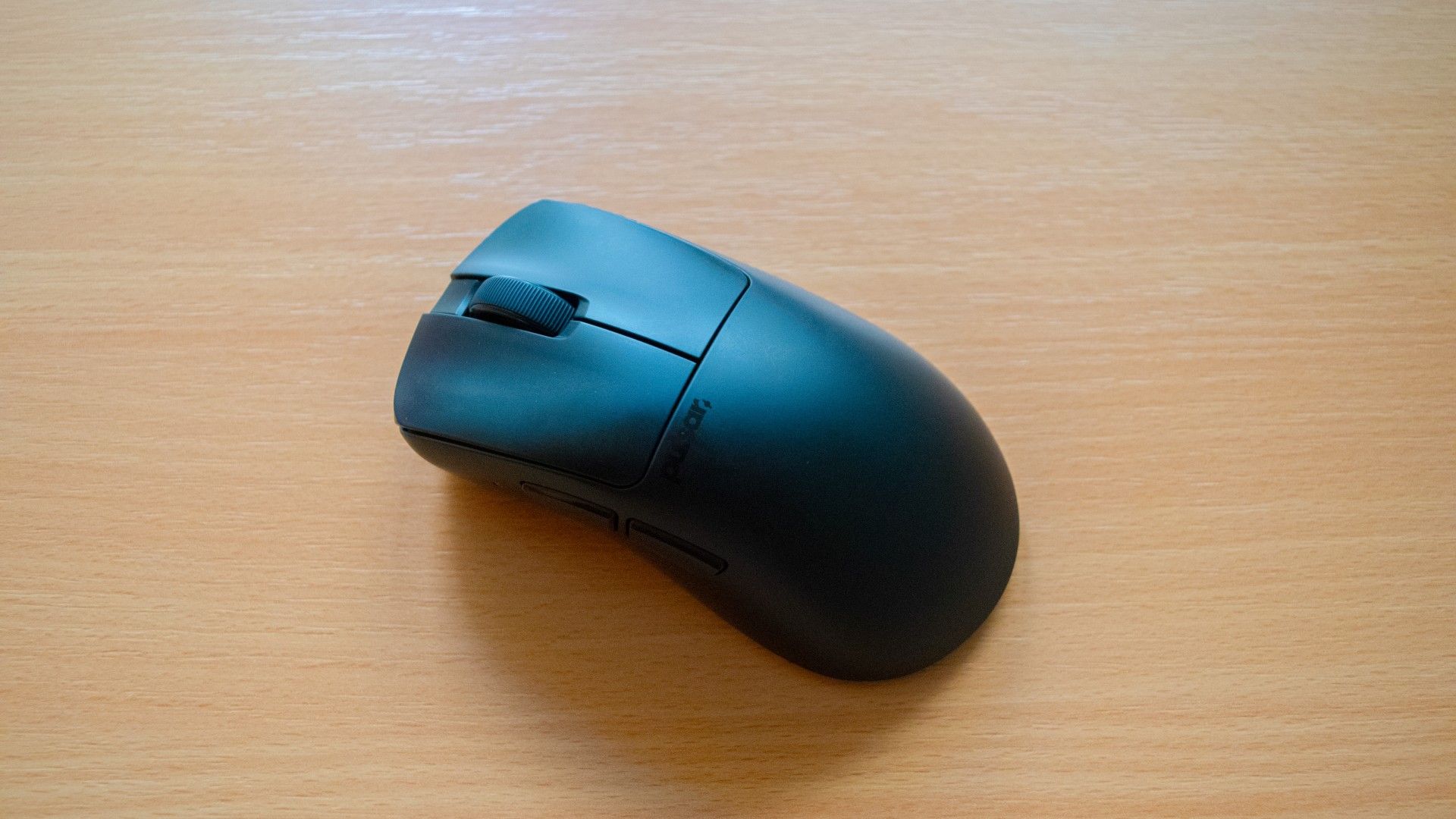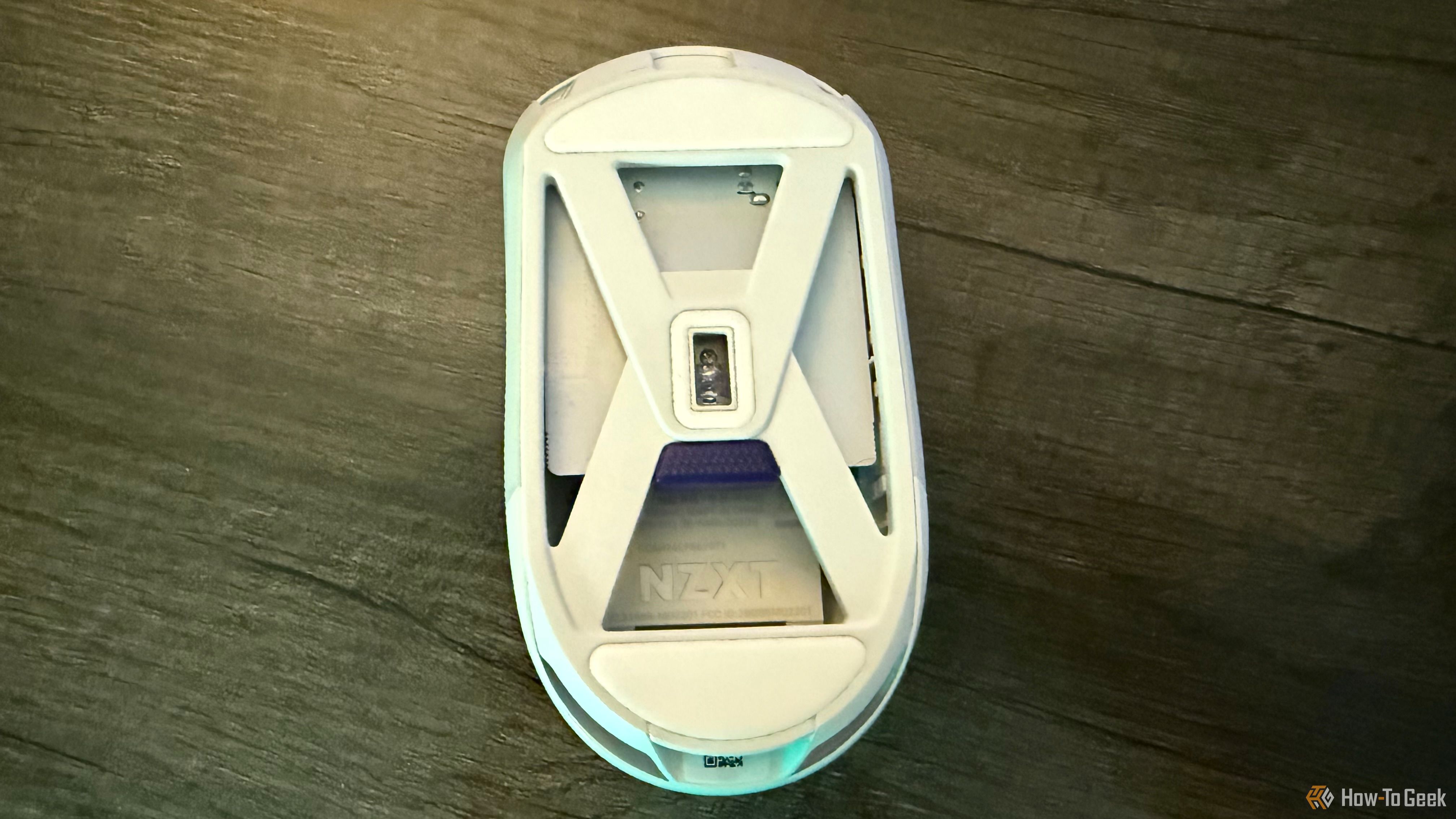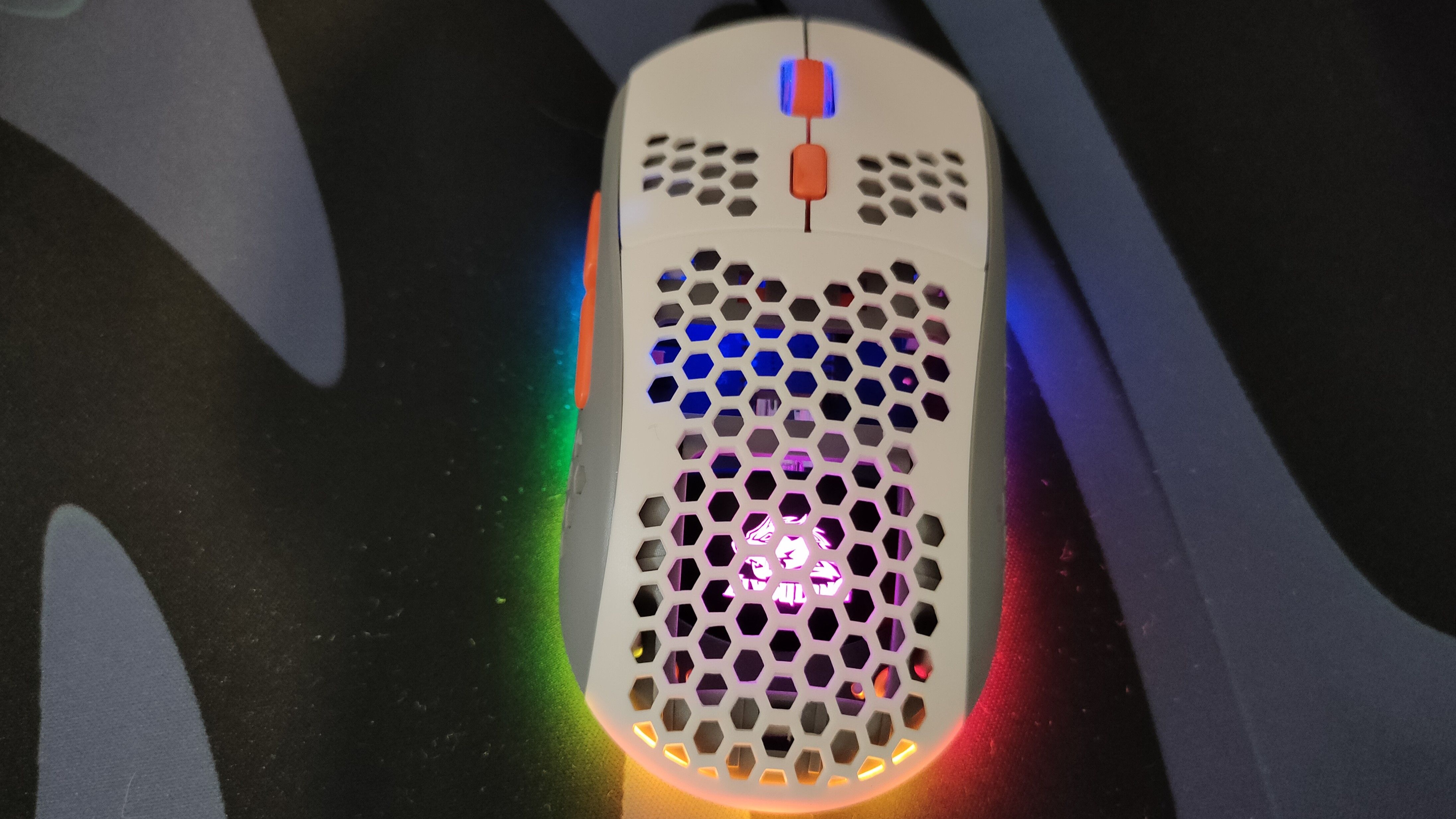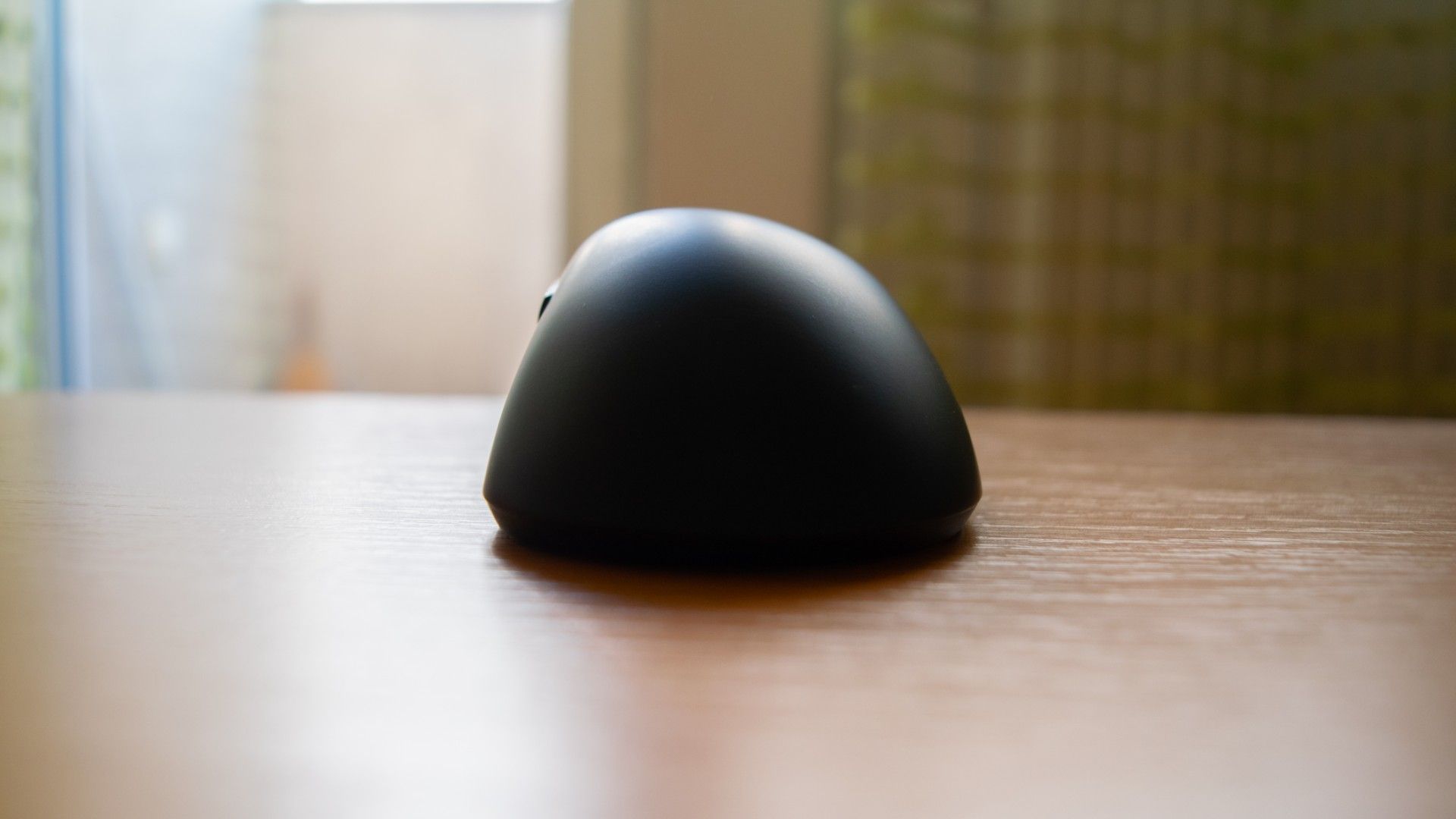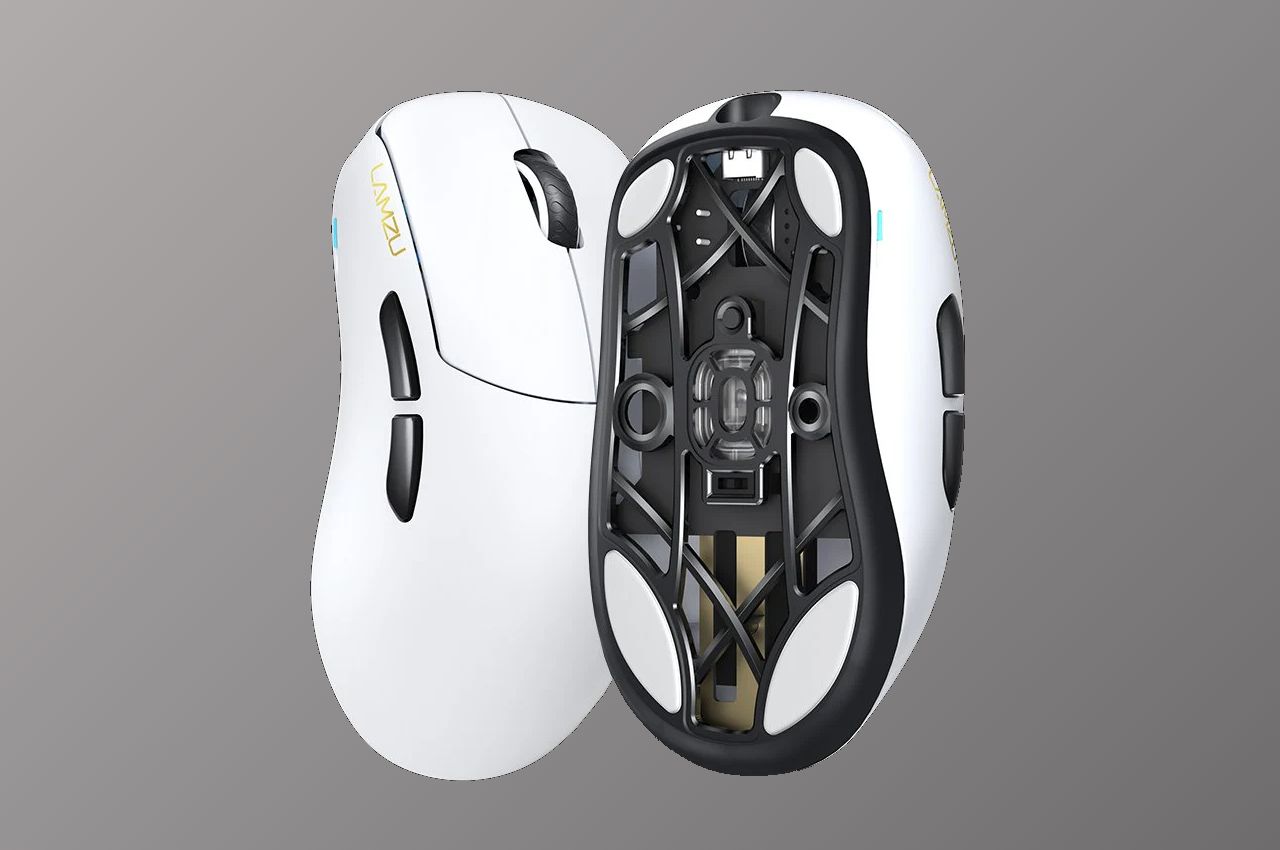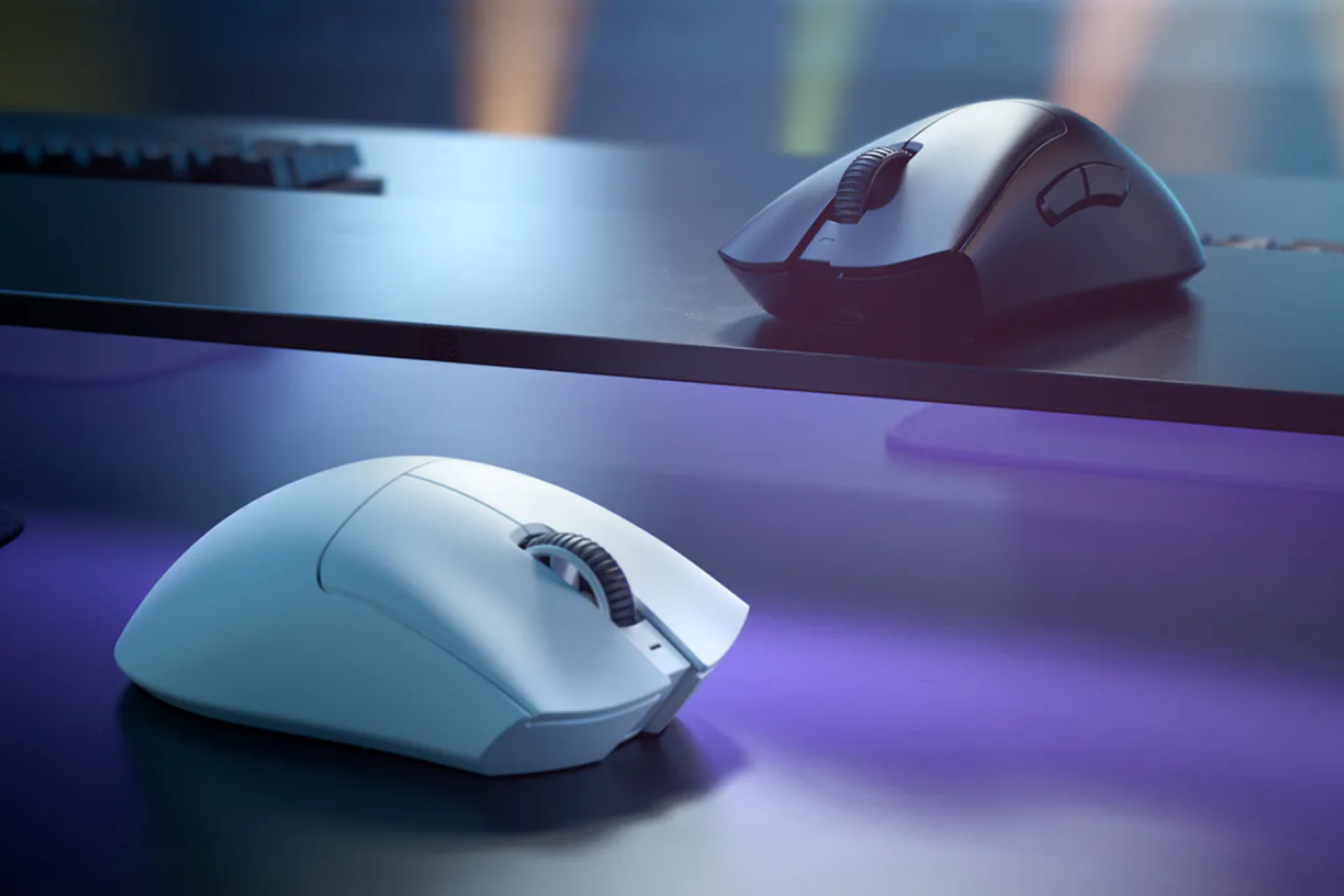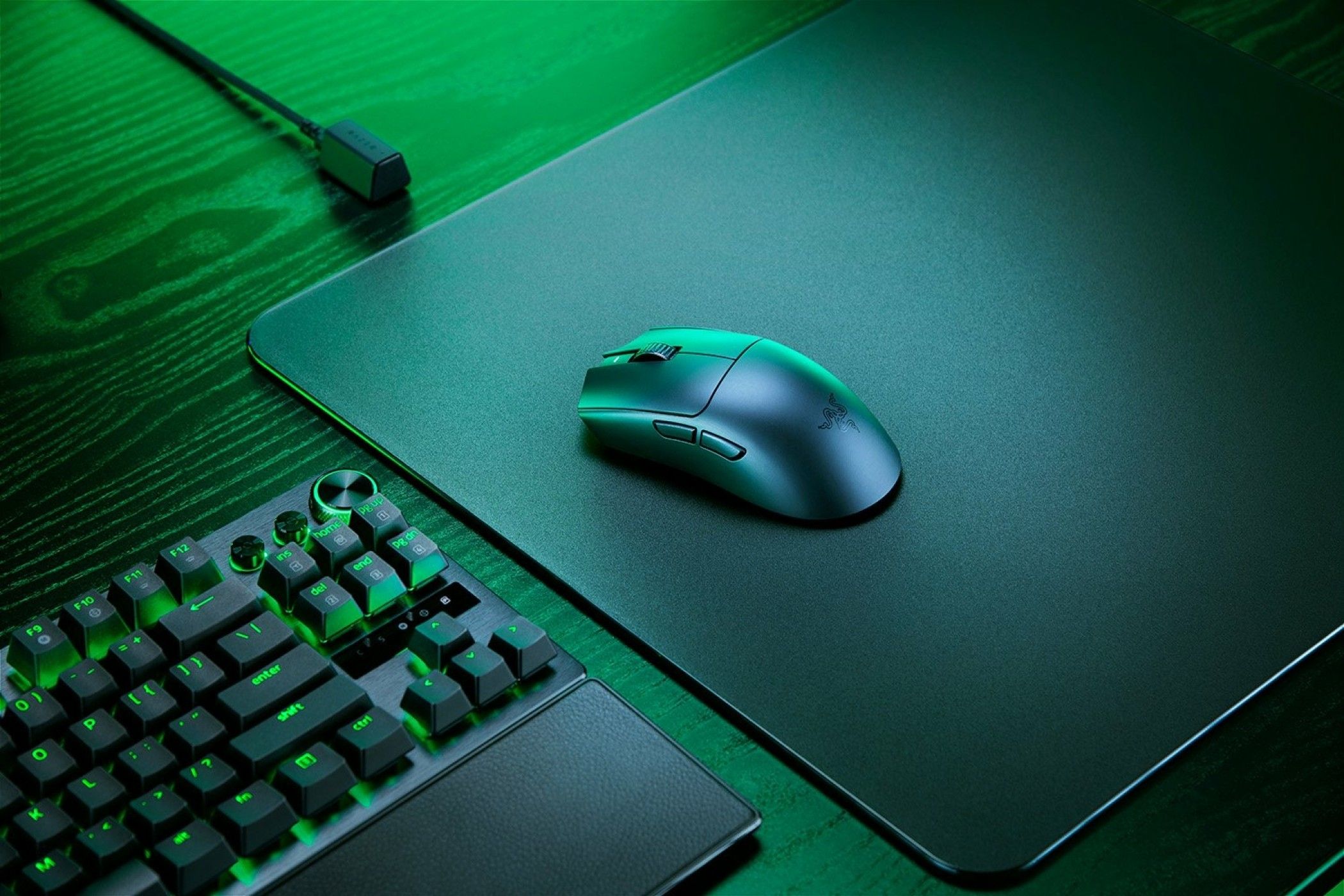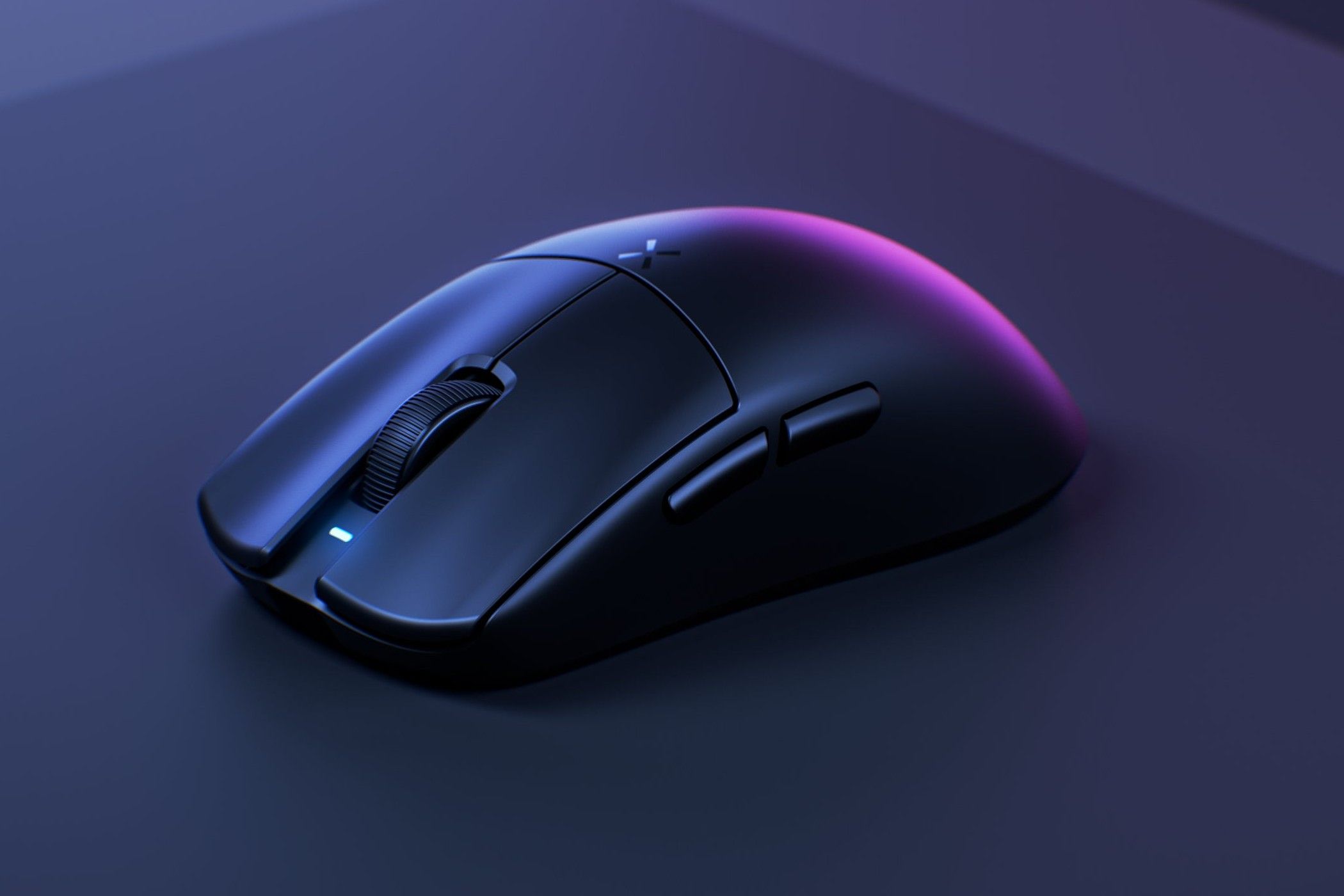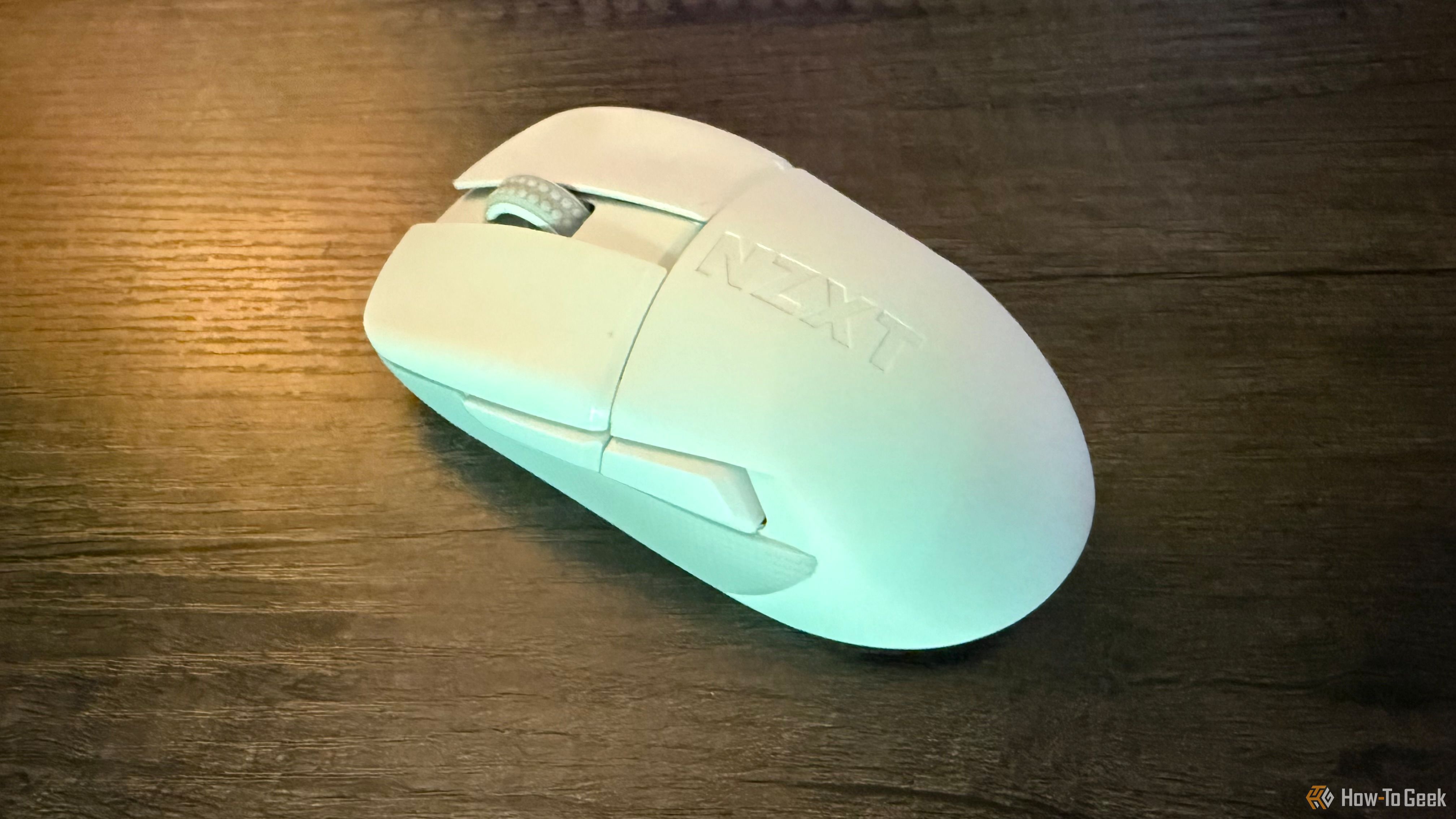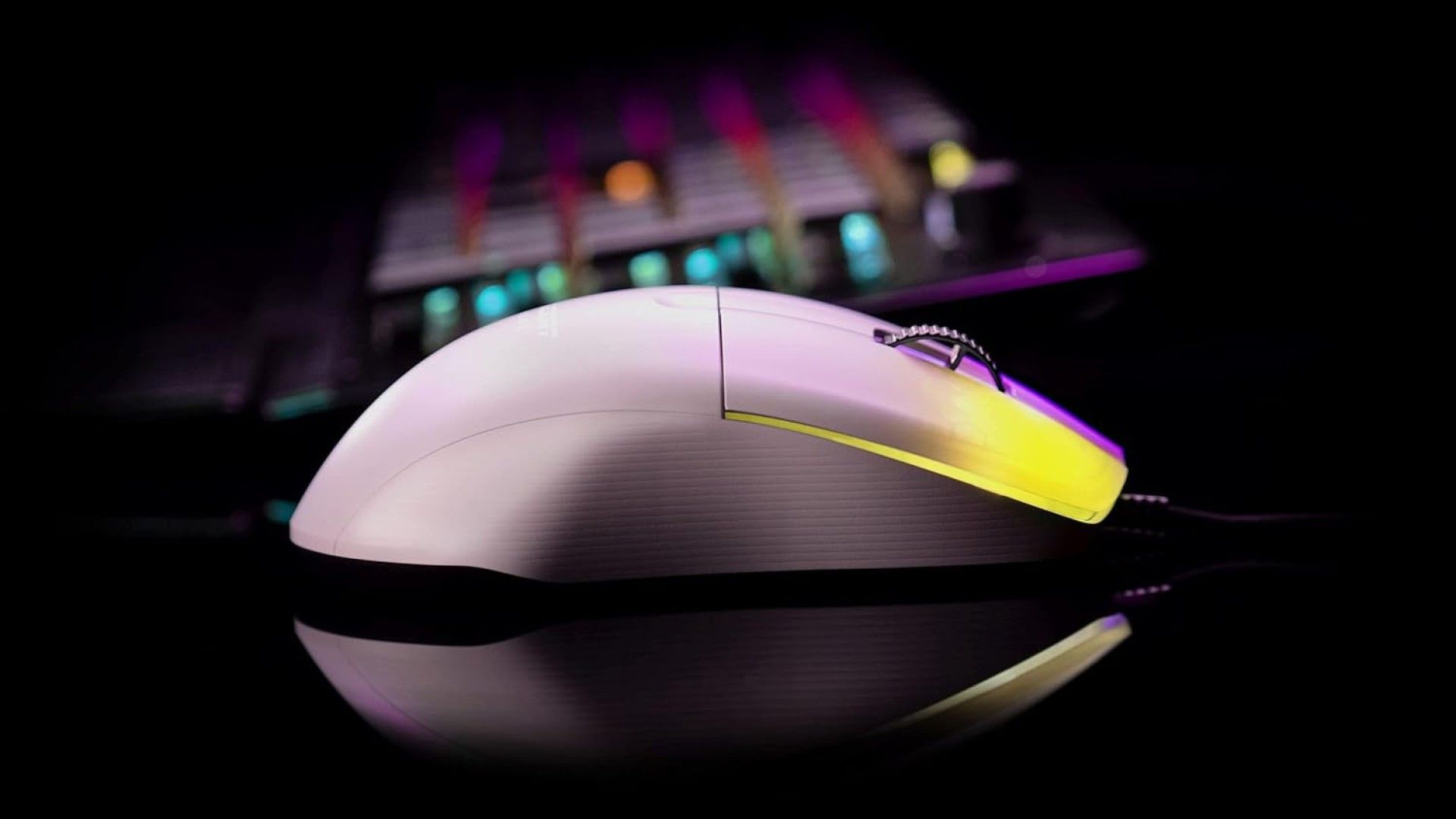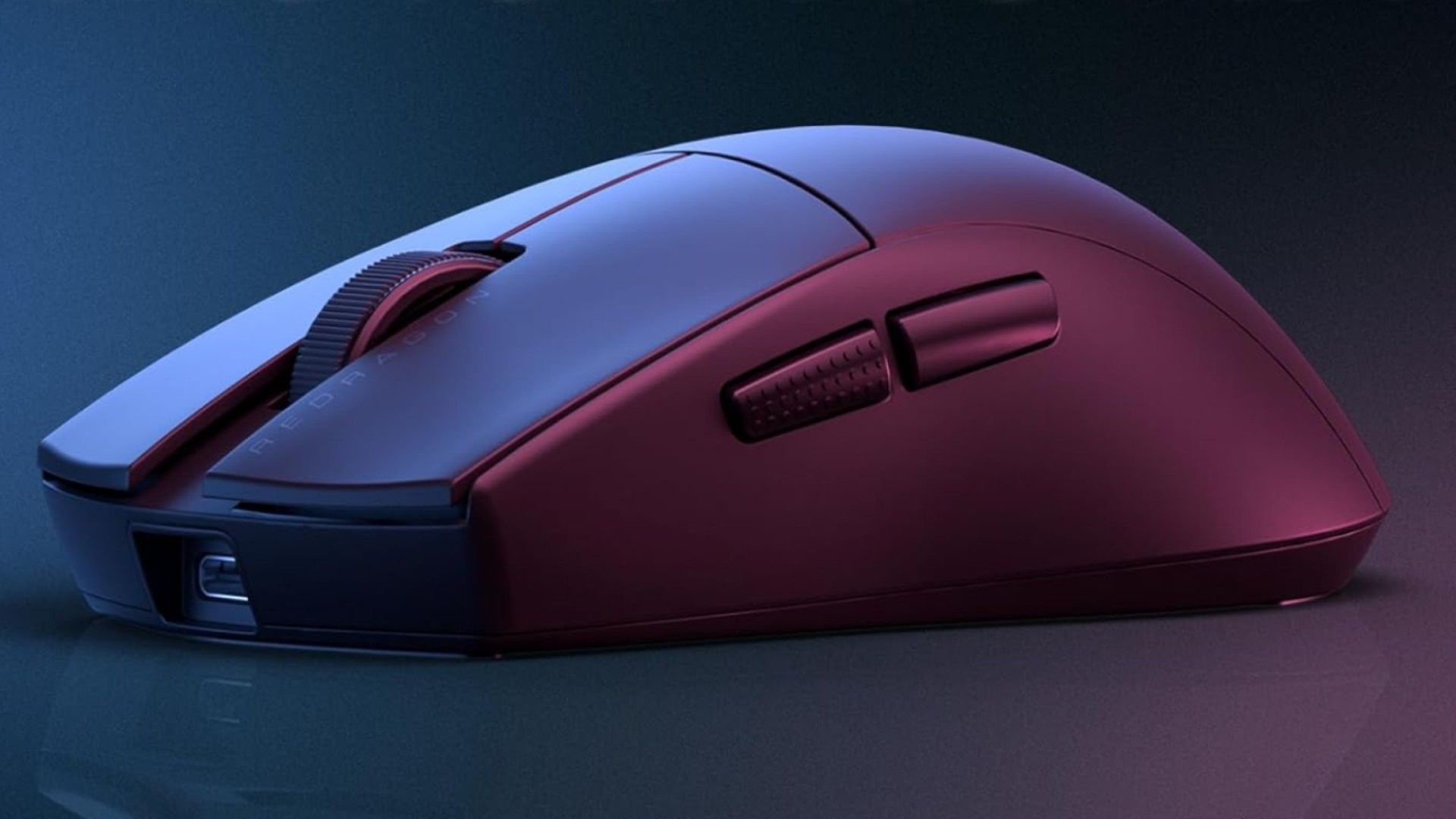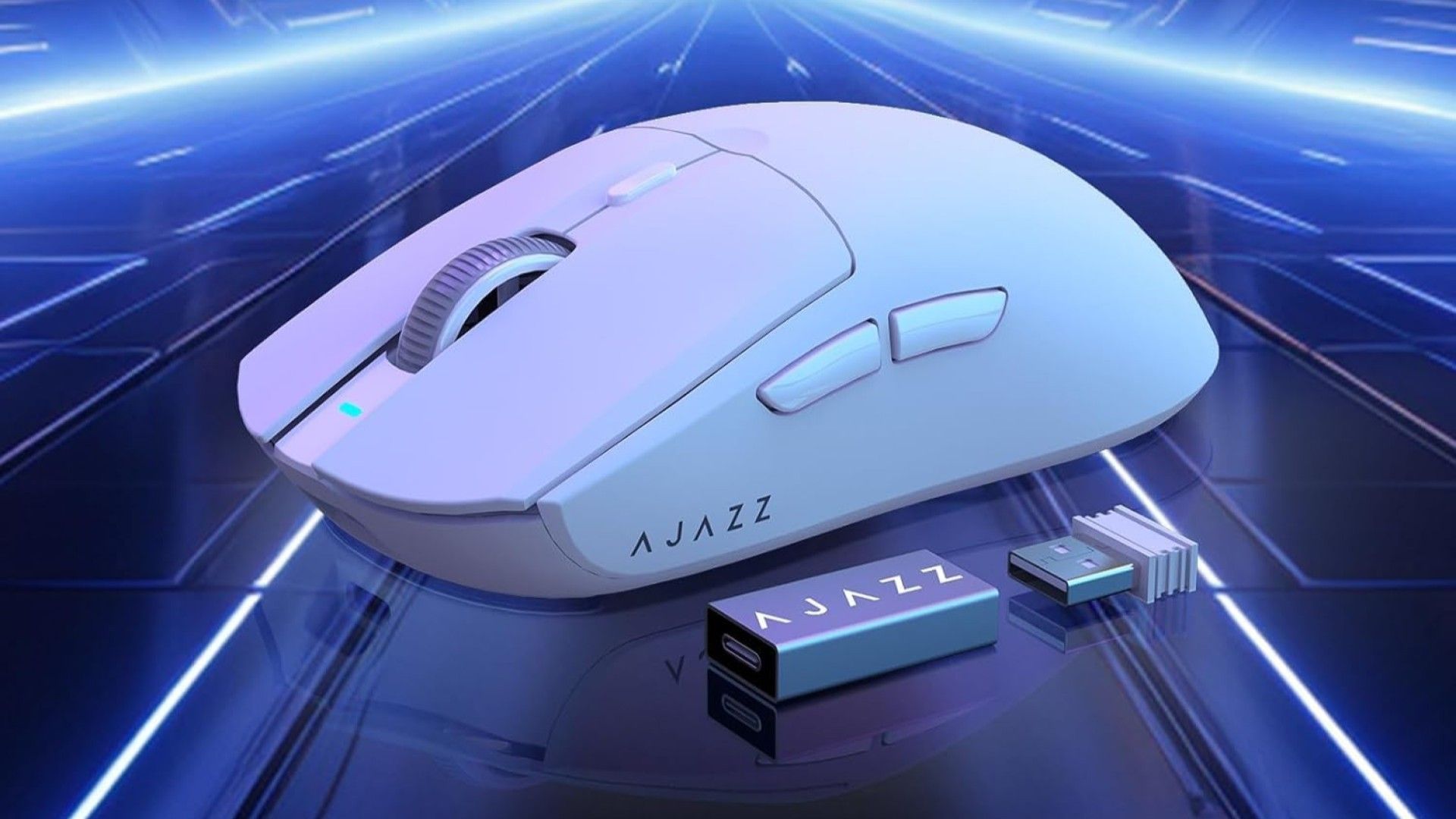Summary
- Ultralight gaming mice offer lightweight design without compromising on build quality. They feel great in the hand, and play nice with most mouse-friendly video game genres.
- They come in all shapes and sizes, featuring either symmetric or ergonomic design. Most models are on the smaller side, optimized for claw and fingertip grips, but there are also models that suit palm grip. Both are well-suited to productivity and gaming.
- Ultralight mice have solid battery life that drops considerably when using polling rates higher than 1,000Hz. While most models are fairly pricey, you can find a decent number of budget options.
Getting ready to retire your current gaming mouse but aren’t sure whether to splurge on an ultralight gaming mouse? Here’s why ultralight gaming mice are great choices for any gamer, their disadvantages, and what to focus on after you decide to explore the ultralight gaming mouse market.
Light and Precise While Not Compromising on Build Quality
I switched to an ultralight gaming mouse about five months ago, and I haven’t regretted it for a second. The biggest surprise, in a positive sense, is just how lightweight the thing is without compromising on build quality.
In games, especially fast-paced ones where you’re flicking the mouse around like a madman, I find my ultralight rodent to be super precise while feeling like I don’t hold anything at all in my hand.
It’s like you’re aiming directly with your hand, which holds true for most ultralight mice that weigh less than 2oz (around 60g) or so. The experience is so much better than with my old gaming mouse, the Logitech G305, which was relatively light but still weighed almost 3.5oz (100g).
The price for that feather-like body wasn’t paid by degrading the build quality. I can say that my Pulsar Xlite V3 has excellent build quality, without any creaking when holding it for your dear life in high-octane moments. This was achieved with a wide PCB, which increases the shell’s rigidity and hardiness. The NZXT Lift Elite, shown below, also uses a wide PCB to increase rigidity.
The good news is that many other ultralight mice also have solid to great built quality. Gone are the days of honeycomb designs featuring brittle shells that didn’t play nice with lateral pressure. That said, even though some recent honeycomb designs have improved build quality over early models, the overall build quality is still higher on models with solid shells.
As always, I recommend reading professional and long-term user reviews (r/mousereview on Reddit, for example) to check whether the model you’re eyeing has any build quality-related drawbacks.
Ultralight Mice Can be Ambidextrous or Ergonomic
Shape-wise, symmetric design was the prevailing choice for years on the ultralight mouse market. Luckily, we’ve been seeing more and more ergonomic models in recent years, which is one of the reasons why I decided to switch to an ultralight mouse.
Of the 7 mice I tried, I found the Xlite V3 the most comfortable thanks to its ergonomic shape. I strongly recommend you, too, test multiple mice personally before settling on your favorite. Shape and comfort are super important when it comes to a device you’ll hold in your hands.
My last gaming mouse, the G305, wasn’t feeling great in my hands because I made the mistake of not trying it out first. It was too small, and I also found I didn’t like the symmetrical design because my pinky would drag across the desk pad, which can turn into a rather unpleasant feeling during multi-hour gaming sessions.
Now, most ultralight gaming mice are on the smaller side to maximize weight shedding and be more suitable for fingertip and claw grips. However, there’s a good number of larger models that, on average, weigh just a couple of grams more than compact designs.
I tried both the mini and medium versions of the Pulsar Xlite V3, and holding the medium-sized variant was a much more comfortable experience. I can use palm grip when playing casual games or being productive, and can switch to claw grip when playing multiplayer titles.
Some of the best gaming mice around, like the Razer DeathAdder V3 HyperSpeed and Pro, Razer Viper V3 Pro, LAMZU Maya X, and the Pulsar Xlite V3 in Medium and Large sizes are all longer than 120mm. That’s a perfect length for medium and larger hands and gamers who prefer palm grip.
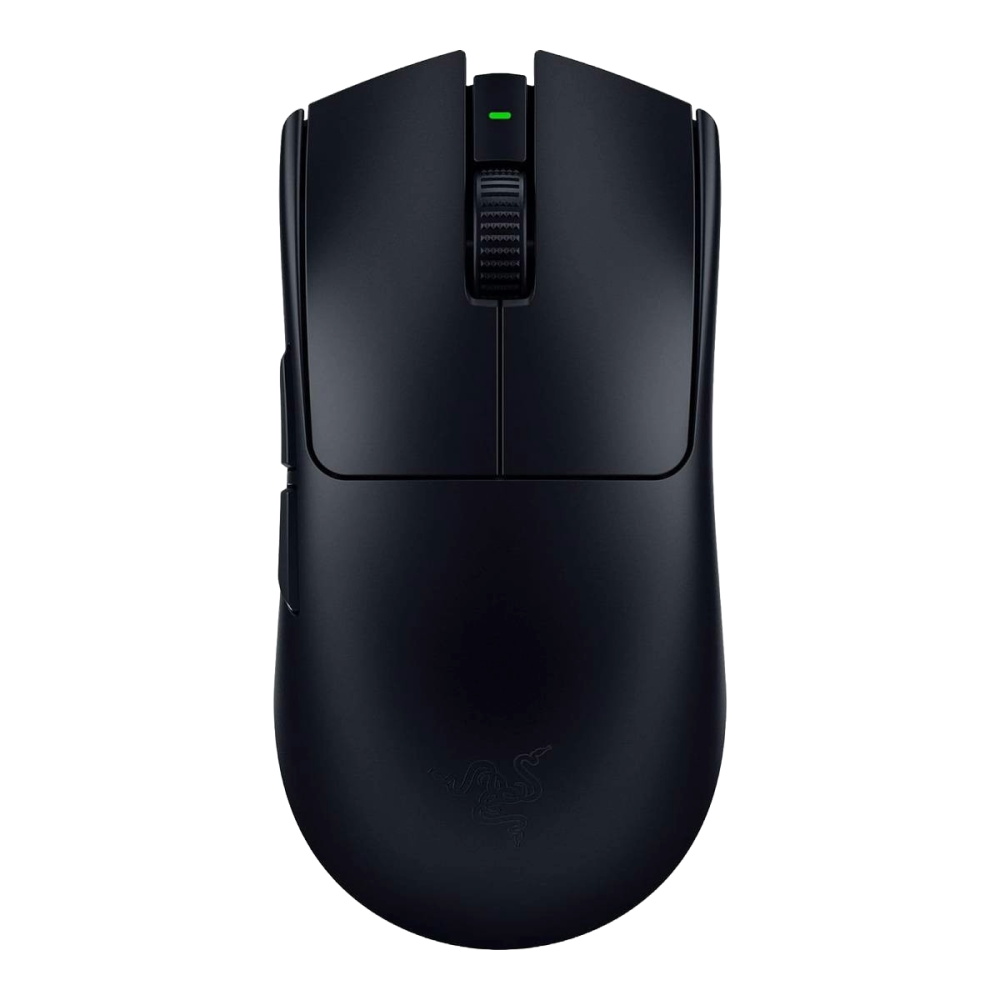
Razer Viper V3 Pro
Looking for the best mouse for first-person shooters? Get the Razer Viper V3 Pro. The latest flagship from Razer comes with an 8,000Hz polling dongle, offers impressive performance, packs responsive buttons, is very comfortable, and made for claw grip.
Ultralight Mice Work Great With Most Mouse-Friendly Genres
Ultralight gaming mice usually target first-person shooter fans, but I can testify that an ultralight mouse is a great pairing for most mouse-friendly genres. The featherweight design can only be an advantage since it induces less strain during long-term gaming sessions compared to hefty gaming mice like the Logitech G502.
The feeling of aiming directly with your hand is welcome in virtually every game that favors a mouse and keyboard over controllers. I’ve played RPGs, third-person action adventures, immersive sims, point-and-click adventures, as well as first and third-person shooters with the Pulsar Xlite V3, and the experience has been great in every single game.
The only games I wouldn’t use an ultralight mouse for are MMOs. That said, if you’re an old-school MMO player who keeps all your macros on the keyboard and doesn’t need a mouse with a dozen or more buttons, an ultralight gaming mouse can only make the experience more comfortable.
Surprisingly Long Battery Life, But Not on Every Model
Another pleasant surprise about the Pulsar Xlite V3 was its battery life. Considering it comes with a teeny 300mAh cell, I had expected it to last less than a week on a single charge, despite claims of 100 hours of battery life.
I was wrong since I charge the mouse about once every 10–12 days, which adds up to about 90 hours of battery life on average. While this isn’t even close to the battery life of my Logitech MX Master 3S, it’s an outstanding result for a gaming mouse weighing only 55 grams.
You should expect a battery life of about 70–80 hours on larger models and about 50–60 hours on smaller models made for claw and fingertip grips. But that’s with the 1,000Hz polling rate—the frequency at which the mouse reports movements to the wireless dongle connected to your PC. Increasing the polling rate to 2,000Hz, 4,000Hz, and especially to 8,000Hz, reduces battery life considerably.
Even at 2000Hz, you should expect an abrupt reduction in battery life, with the 8000Hz polling rate resulting in up to five times shorter battery life!
For example, the ASUS ROG Harpe Ace Extreme, which I’ve picked not because it’s the best choice but because ASUS lists very accurate battery life stats, delivers up to 70 hours of battery life over the 2.4Ghz wireless connection and 1,000Hz polling rate. This drops to 21 hours at 2,000Hz and 15 hours at 8,000Hz!
1,000Hz or 2,000Hz Polling is Enough for Most Gamers
Most ultralight gaming mice support the 1,000Hz polling rate by default, with many models also supporting polling rates of up to 4,000Hz. In some cases, you can use the 4,000Hz polling rate with the wireless dongle the mouse ships with. Usually, though, you have to buy the higher polling rate dongle separately. At the moment, only high-end models support the 8,000Hz polling rate.
As you’ve already seen, all polling rates above 1,000Hz result in massively shorter battery life. And if you ask me, anything above 1,000Hz, or maybe 2,000Hz if you’ve got a high-end setup, is unnecessary.
Even 2,000Hz is too much if you’ve got a monitor with a refresh rate below 240Hz, especially if you cannot maintain 240 FPS in games you play. I’d think about switching to a 2,000Hz polling rate only if I’d got a 360Hz or 480Hz OLED gaming monitor sporting a high enough refresh rate and low enough response time for a high polling rate to make sense.
Otherwise, you’ll just get shorter battery life without real-life benefits. Besides, many Counter-Strike and Valorant pros use 1000Hz polling rates. A good number of players use 2000Hz and 4000Hz polling rates, but only a handful of esports pros set their mice to 8000Hz. If half of CS and Valorant pros are fine with 1,000Hz polling rates, you’ll be too.
Ultralight Gaming Mice Don’t Have to Break the Bank
While it’s true that most ultralight gaming mice cost a pretty penny, you don’t have to break your piggy bank to afford one.
For example, the ROCCAT Kone Pro is an excellent wired ultralight mouse that weighs 62 grams and can be found regularly for less than $30 on Amazon.
The HyperX Pulsefire Haste is another solid budget ultralight mouse weighing 59 grams. Granted, it has a honeycomb shell, but the built quality is more than decent.
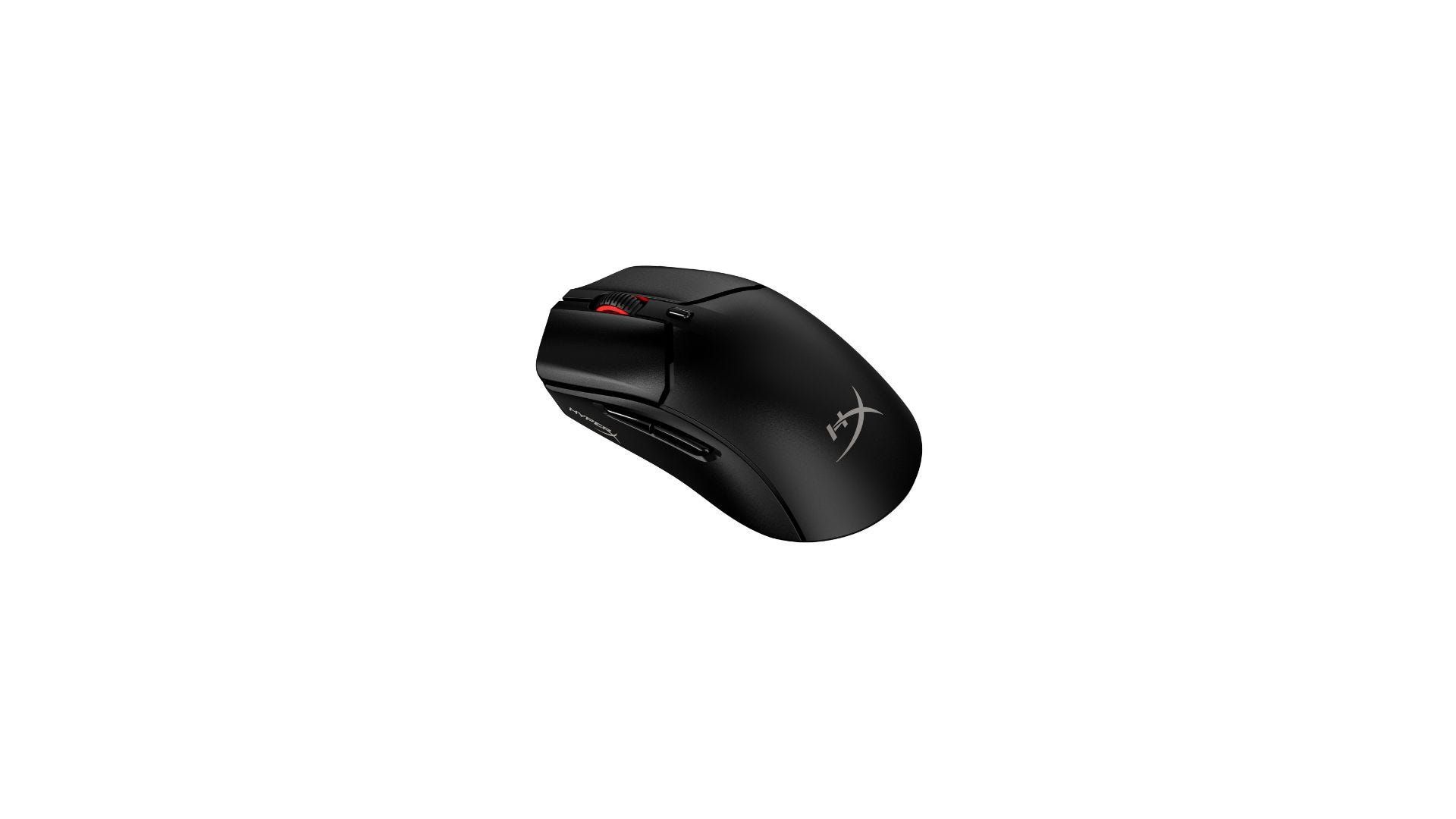
HyperX Pulsefire Haste 2 Wireless Mouse
With a weight of just 1.87oz (53g) and a polling rate of up to 8,000Hz, the Pulsefire Haste 2 is a professional-level ultralight gaming mouse.
The Redragon M916 PRO can be yours for just $35 if you’d rather have a wireless mouse. For the price, you’re getting a rodent that weighs only 49 grams, has decent skates, and while its 1,000Hz polling rate isn’t as consistent as on high-end models, it’s reliable enough for most gamers. The 4,000Hz polling rate version of the same mouse costs only 45 bucks.
There’s also the AJAZZ AJ139 Pro selling for $46 that comes bundled with a 4K polling dongle, which is a nice bonus.
The G-Wolves Skoll Mini is an older model from a known brand in the ultralight mouse niche. Granted, it has a honeycomb shell but packs excellent performance, weighs only 50 grams, and costs only $20.
Ultralight gaming mice, especially models weighing about 1.9oz (55g) and below, are definitely worth it if you don’t prefer hefty gaming mice. While mostly targeting FPS gamers, ultralight mice work great with most mouse-friendly titles and can even be great for productivity if you opt for a larger model with an ergonomic design. As for me, I’m positive all my future gaming mice will be of the ultralight variety.


